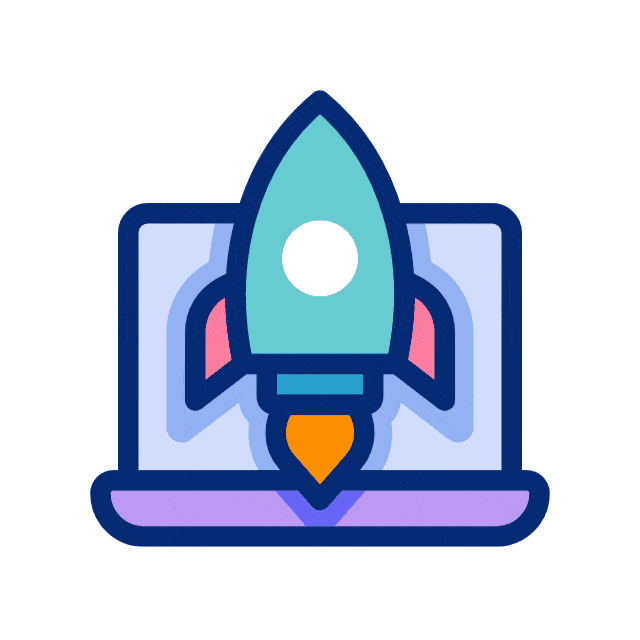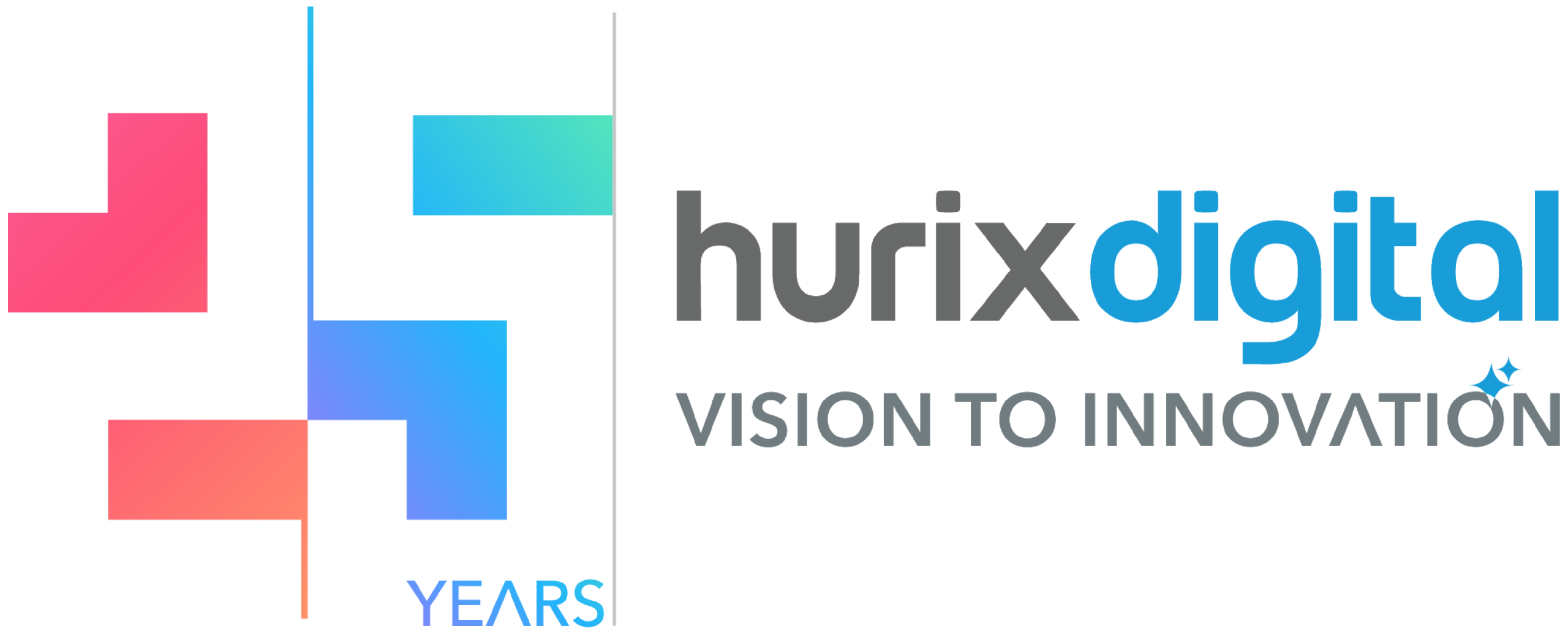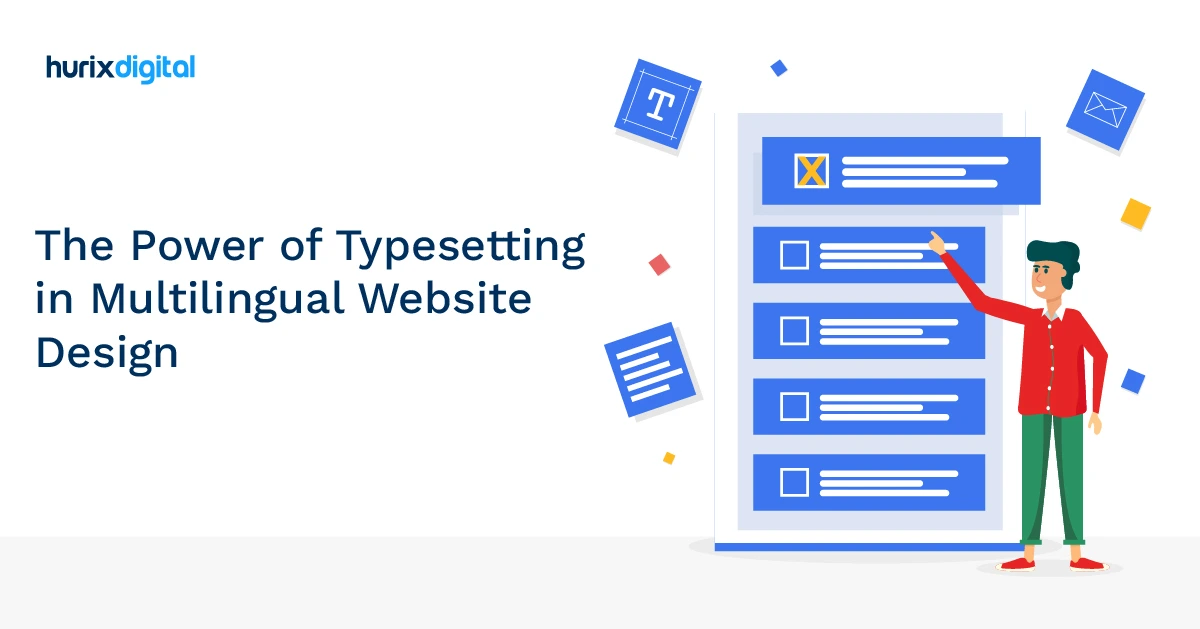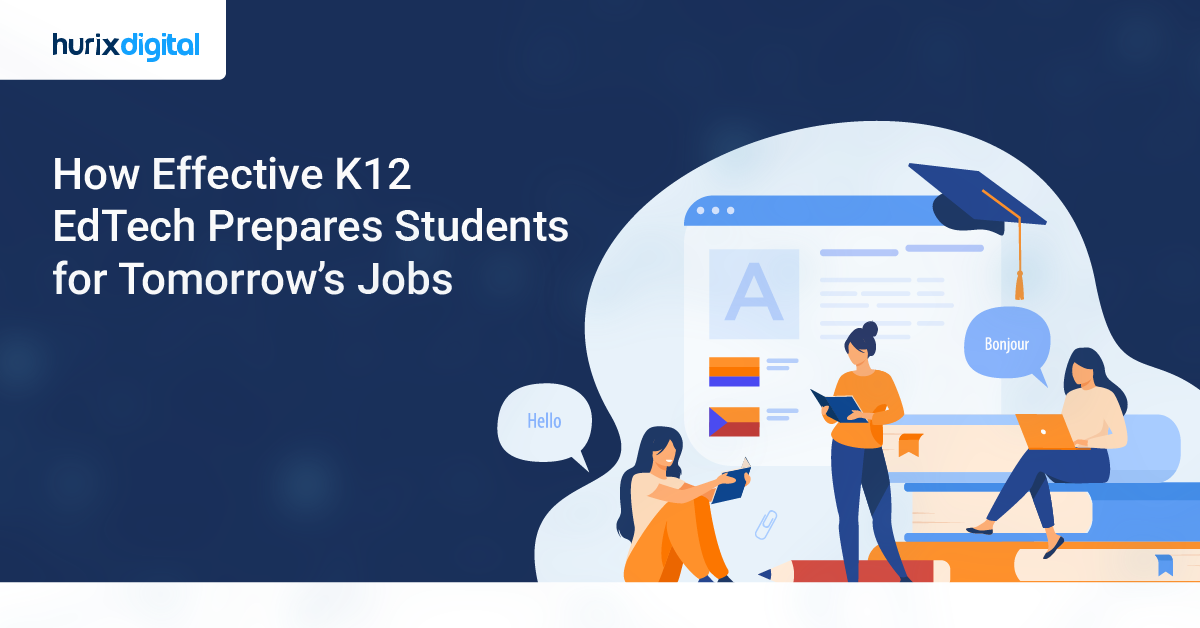
Smarter Product Knowledge Training Starts with Great eLearning Design
Summarize with:
One of the two most crucial elements of business continuity is revenue and development. Whether a business deals in physical items or services, a deep understanding of a company’s product is critical to building both these elements.
Well-versed sales reps can craft more persuasive pitches, building client trust. Production teams with product knowledge can better identify and solve issues, fostering innovation with practical solutions.
As competition intensifies, companies must invest in their employees’ product knowledge and skills. Product knowledge training delivered through traditional methods often proves too intense and technical, resulting in low retention and poor engagement.
With this in mind, improving curriculum and delivery with innovative and tech-centric learning approaches is imperative. One such training approach is eLearning. In fact, through its enhanced accessibility and increased control alone, eLearning has proven to boost company employee retention rates by 25 to 60%.
This article will cover the basics of product knowledge training, its key goals, and the elements you must incorporate into your eLearning design to achieve them. We’ll also equip you with some innovative eLearning design ideas and assessment strategies to create and monitor your product knowledge training modules!
Table of Contents:
- What is Product Knowledge Training and Its Goals?
- What is Multilingual Product Training?
- 7 eLearning Elements to Achieve These Product Training Goals
- 4 Innovative eLearning Designs for Product Training Quality
- Two Assessment Strategies to Ensure Continuous Improvement
- What are the Advantages of Multilingual Product Training?
- How to Use eLearning Solutions for Multilingual Product Training?
- Crafting the Right Product Training Module
What is Product Knowledge Training and Its Goals?
Before blending eLearning into product knowledge training, let’s review the basics of product knowledge training and its objectives.
Product training is a specialized type of education designed to enhance a stakeholder’s knowledge of a specific product’s features, capabilities, and advantages. This education extends to every function of an organization, from front-line sales to packaging and production experts.
Product training modules are mainly focused on these four goals:
1. Improved Product Knowledge
Provide employees with a thorough understanding of the product’s features and capabilities.
2. Enhanced Sales Performance
Provide sales teams with the tools to answer customer questions and properly convey product value propositions.
3. Customer Satisfaction
Accurate information and assistance will increase customer satisfaction and loyalty.
4. Decreased Errors
Reduce mistakes and misinterpretations when using, installing, or troubleshooting products.
Every training module incorporates these goals, ultimately boosting a user’s confidence, productivity, and product adoption.
What is Multilingual Product Training?
Multilingual product knowledge training refers to the regime of training your employees in multiple languages about a specific product. It forms a core part of product knowledge training solutions in most business organizations, especially those that have a global presence or aspire to establish it.
Multilingual product knowledge training offers several benefits (we shall discuss them in depth in the next part). However, one of the top reasons why businesses should prioritize it is because it can help them reap the benefits of localization, allowing them to enter new markets and increase profitability.
7 eLearning Elements to Achieve These Product Training Goals
eLearning has the potential to take training sessions digitally, boost accessibility, and even infuse technology into delivery methods to increase engagement and content retention.
That said, designing an eLearning module must keep certain key elements in mind to achieve the product knowledge training goals you’ve established for your business. Here are seven key elements that are a vital part of your eLearning design:
1. Instructional Design
The eLearning methodology was built around a systematic foundation to ensure a continuous learning cycle. This foundation, known as instructional design, is a crucial element that involves the robust planning, development, delivery, and evaluation of instructional materials to address the evolving needs of the learner.
2. Quality Content Development
One critical pillar of effective eLearning modules is robust content. Content development must be accurate, relevant, and aligned with the specific objectives of the product knowledge training program. Designing e-learning modules with this in mind involves detailed surveys of employees’ current knowledge and market data on what clients and customers expect.
3. Clear Objectives
Product training content must be distributed differently across functions. Sales teams must focus on the advantages, product functionality, and upcoming developments, while technical design teams need to understand current issues and the in-depth cause-and-effect relationships of performance.
eLearning design must incorporate objectives tailored to respective functions. This provides direction and focus for both learners and instructors.
4. Regular Alignment with Learners’ Needs
In addition to the end objectives, the eLearning design must be adaptive. Training modules should be tailored to meet learners’ diverse needs and proficiency levels. Understanding the audience demographics and preferences is vital for more engaged learners and faster learning curves.
5. Logical Structure
Because product knowledge training is often intensive and technical, delivering eLearning experiences in a logical and coherent structure is crucial. This helps learners retain better and in increments, yet sequentially. By breaking down product knowledge into a structured format, comprehension becomes easier.
6. Accessible and Mobile-Compatible Design
It is crucial to deliver product knowledge training modules that can be accessed from anywhere, on any device, at any time. With continuous product development and varying learning rates, eLearning design must deliver modules that aren’t time-bound.
To add to the accessibility element, considering how learners are 43% more productive and 70% more engaged, eLearning experiences need to be equally compatible on mobiles.
7. Engaging Interactive Elements
Another fundamental pillar of learning-based product knowledge training that makes it far more impactful than traditional practices is the digital tools and interactive elements that fuel engagement.
4 Innovative eLearning Designs for Product Training Quality
Now that we have a clear idea of what aspects must be incorporated into your product knowledge training module, here are four innovative eLearning designs that make use of the latest and most effective education approaches and technologies:
1. Microlearning
Bite-sized content is a key eLearning design element in product knowledge training, implemented to focus on one key learning point in each module. This approach, known as microlearning, offers employees concise and efficient training that can be accessed and completed without disrupting their busy work schedules.
This design focuses on delivering modules with an objective or skill independent of others. As an eLearning design that is 17% more efficient than traditional practices, learning becomes infinitely more retainable and engaging when multimedia content is infused into this strategy.
2. Interactive Learning
eLearning designs leverage the digital tools and technologies available. While some may think it is not as interactive as face-to-face sessions, some eLearning designs focus on delivering just that.
An effective approach is to infuse interactive learning into product knowledge training through simulations or storytelling elements. Interactive learning enables employees to select from various options to simulate different outcomes, which helps illuminate the optimal way to use or deliver a product and the consequences of different scenarios.
3. Multimedia Learning
Seeing a product in action is a highly effective way to create an impression. Multimedia learning facilitates retention and comprehension through infographics, videos, and photos. It also plays an instrumental role in explaining concepts that are hard to understand through text and speech. A vital advantage of this e-learning design is its ability to deliver on a large scale and be compatible with mobile, tablets, and laptops.
4. AR-powered eLearning
AR and other immersive technologies are effective eLearning tools because they enhance experiential retention through multisensory methods. AR seamlessly projects virtual data into the real world, enabling hands-on learning.
Employees can interact with and manipulate virtual product representations during product knowledge training to better understand their functions. By connecting theoretical knowledge to practical application, AR-based eLearning accelerates product knowledge acquisition and makes learning more engaging and efficient.
Two Assessment Strategies to Ensure Continuous Improvement
Assessment is a crucial tool for evaluating learners’ understanding and the effectiveness of your training modules. It provides valuable insights into learners’ comprehension levels and helps identify areas that need strengthening. Here are two assessment strategies that help keep your product knowledge training modules consistently effective,
1. Focused Analytics for Guaging eLearning Impact
eLearning gives you access to a vast amount of data, some of which is responses to interactive elements, performance data from tests, and progress bars in learning modules. An essential assessment strategy is focused analytics, which provides insight into the most effective training strategies and identifies areas that need revision.
2. Feedback for Design Improvement
Incorporating feedback mechanisms into assessments is a crucial assessment strategy for enhancing your eLearning design and learner experience. With the survey data after the product knowledge training module, learners can help you review how well your eLearning experience is being received.
With these two strategies in mind, it is also vital to be transparent with your learners and disclose this data so they, too, can gauge if their progress aligns with their aspirations.
Check out EXCLUSIVE: Hurix Mini-Book: Effective Training Techniques For Enterprises with Distributed Workforce
What are the Advantages of Multilingual Product Training?
If you are wondering whether educating your employees in different languages about a product will help your business gain any tangible benefit or not, here is your answer:
1. Improved Accessibility
Businesses with employees who can communicate about a product in different languages enjoy the pros of increased accessibility.
They can reach out and impeccably serve customers with diverse linguistic backgrounds, subsequently capturing new markets and improving their overall market share.
2. Better User Experience
If customers are unable to interact with your business in their preferred language, they will most likely abandon it. In fact, stats show that 40% of buyers don’t even prefer purchasing from a website that’s not in their native language.
This is because it plays a huge role in deciding the user experience for them. When you train your employees in multiple languages, you take a significant step toward enhancing the user experience for your customers.
3. Competitive Advantage
If your business has employees who can communicate with your customers in their native language, you have a significant competitive advantage over your rivals.
This is because customers often prefer to buy from a business that can provide them with insights about a product clearly, in a language they are fluent in, rather than one that follows a monolingual approach. This is also why businesses that invest in language-specific eLearning for employees tend to see better results in terms of profitability than their competitors.
4. Reduced Support Requests
Another incredible benefit of cross-cultural training is a reduction in support requests.
When employees communicate about a product to customers in their own language, the likelihood of miscommunication is reduced. This smoothens the buyer’s journey, thus enhancing user experience. Moreover, even if a customer faces any confusion at a later point, they can easily reconnect with an employee to obtain a clear and understandable resolution.
5. Enhanced Brand Image
Businesses that impart multilingual product knowledge training to their employees can establish themselves as an inclusive organization in the industry.
This also creates a positive, consumer-focused image of the business in the minds of its audience. This enhanced brand reputation goes a long way toward creating a strong, global presence.
How to Use eLearning Solutions for Multilingual Product Training?
Now that you are aware of the advantages of multilingual product knowledge training for a business, here’s how you can use eLearning solutions and kickstart global workforce training to churn them:
1. Choose the Right eLearning Platform
First things first: Start by selecting the right multilingual eLearning platform for training. It should support multiple languages and include localization features for content.
Moreover, you should verify the availability of accessibility features, such as text-to-speech and subtitles, in your virtual training solution to ensure maximum inclusivity for employees.
2. Design Training Resources
Now, start by creating a blueprint of the training resources you wish to include in the curriculum of your multilingual training programs. This can encompass eBooks, digital textbooks, videos, audio content, quizzes, assessments, interactive simulations, live classes, and much more. Your aim should be to accommodate as many learning styles and preferences as possible.
3. Localize the Content
Once your curriculum is ready, it’s time to create the actual content for multilingual product knowledge training. Select a digital publishing platform of your choice, integrate it with your multinational training solution, and begin creating educational content. Ensure that each of them is created in a different language and localized to the core to maximize training efficiency.
4. Incorporate Multimedia Elements
If your online learning resources are boring, employee learning engagement will begin to fall after a point. To avoid that, try incorporating interactive multimedia elements like images, animations, graphics, videos, audio, etc., into the content.
5. Evaluate and Adapt
Lastly, keep evaluating the progress of your multilingual product knowledge training program. Leverage the analytics provided by the eLearning platform to see what area of the training needs improvement and brainstorm ideas to work on them.
Crafting the Right Product Training Module
There’s no doubt that eLearning plays a huge role in product knowledge training, heightening accessibility, retention, and engagement rates among employees. In this article, we’ve covered the essential elements you need, including mobile compatibility, instructional design, and high-quality content development, to provide you with a comprehensive checklist. At the same time, you begin infusing eLearning experiences into your product knowledge training modules.
While the impact of these product knowledge training can be effectively transformed into a magnetic learning experience through microlearning, AR-driven eLearning, and even gamified elements, devising the right product knowledge training solutions is often a daunting challenge and a drain on resources. Taking guidance from experts such as Hurix Digital is often the best solution in these situations.
With our team of experts ready to devise training solutions personalized to match your business values and unique product range, getting started becomes effortless. So don’t hesitate! Contact us now to level up your business’s product expertise!
Summarize with:

Chief Learning & Innovation Officer –
Learning Strategy & Design at Hurix Digital, with 20+ years in instructional design and digital learning. She leads AI‑driven, evidence-based learning solutions across K‑12, higher ed, and corporate sectors. A thought leader and speaker at events like Learning Dev Camp and SXSW EDU
 Upcoming Masterclass | Build an Army of Brand Evangelists using Training & Development | November 20th, 8:30 AM PDT | 11:30 AM EDT | 10:00 PM IST
Upcoming Masterclass | Build an Army of Brand Evangelists using Training & Development | November 20th, 8:30 AM PDT | 11:30 AM EDT | 10:00 PM IST




